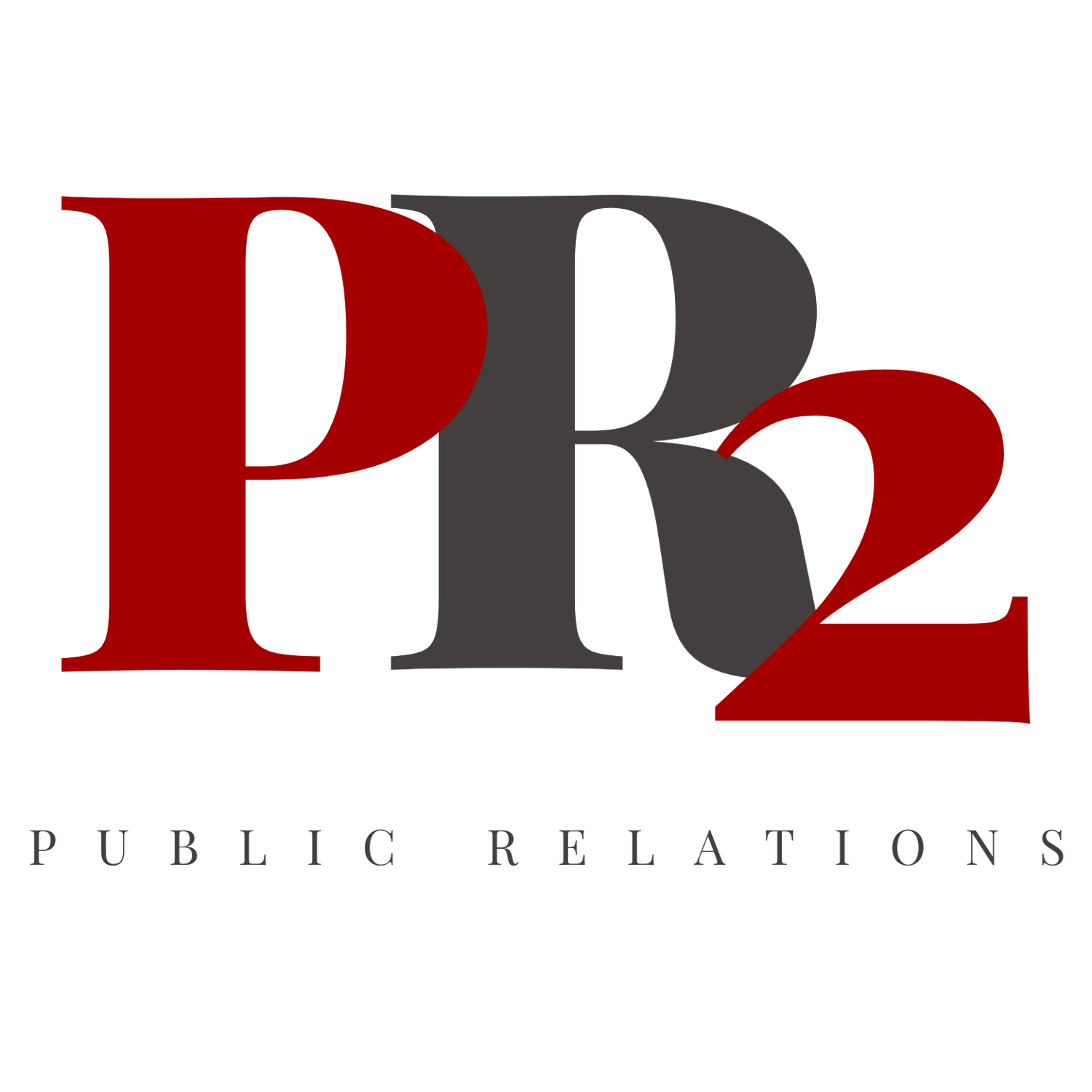Crafting Compelling Story Angles for Media Success: A PR Expert's Guide
In the realm of public relations, the ability to build compelling story angles is a skill that can elevate an organization's brand, captivate the media, and resonate with diverse audiences. For executives navigating the intricacies of media engagement, understanding the art of crafting compelling narratives is paramount. This comprehensive guide aims to unravel the strategies, techniques, and expert insights that empower executives to build story angles that not only capture the attention of the media but also resonate with the broader public.
The Strategic Significance of Compelling Story Angles
1. Storytelling as a PR Pillar:
Storytelling is the linchpin of effective public relations. Executives should recognize that compelling story angles are not just about disseminating information; they are about weaving narratives that engage, inspire, and leave a lasting impression on the audience.
2. Building Emotional Connections:
Compelling story angles have the power to evoke emotions. Executives should understand the emotional landscape of their audience and infuse storytelling with elements that resonate on a human level. Emotional connections foster a deeper and more memorable impact.
Identifying Unique Aspects for Story Development
3. What Sets You Apart:
Executives should critically evaluate what sets their organization apart. Whether it's a unique product feature, a commitment to innovation, or a compelling origin story, identifying distinctive elements forms the foundation of compelling story angles.
4. Aligning with Organizational Values:
Story angles that align with the core values of the organization resonate more authentically. Executives should integrate their brand values into storytelling, reinforcing the commitment to principles that define the organizational culture.
5. Humanizing the Narrative:
People connect with people. Executives should humanize their story angles by highlighting the individuals behind the organization – the visionaries, the team members, and the stories of triumph and resilience. Human-centric narratives forge relatable connections.
Crafting Narratives with Journalistic Appeal
6. Timeliness and Relevance:
Compelling story angles often hinge on timeliness and relevance. Executives should weave narratives that align with current events, industry trends, or societal conversations. Timely stories are more likely to capture the media's interest.
7. Tapping into Human Interest:
Human interest stories have enduring appeal. Executives should identify aspects of their organization's narrative that evoke curiosity, empathy, or fascination. Stories with a human interest angle transcend transactional information, making them more captivating.
8. Addressing Industry Challenges:
Crafting story angles that address industry challenges positions the organization as a thought leader. Executives should identify pain points or emerging trends within the industry and showcase how their organization is proactively addressing or innovating in response.
Mastering the Art of Story Angle Development
9. The Power of Anecdotes:
Anecdotes breathe life into story angles. Executives should leverage anecdotes to illustrate key points, provide context, and create a narrative arc. Anecdotal storytelling makes complex information relatable and memorable.
10. Showcasing Customer Journeys:
Customer success stories are potent story angles. Executives should showcase how their products or services have positively impacted customers. Narratives that highlight real-world benefits and transformations resonate with both media and potential customers.
11. Framing Solutions to Challenges:
Instead of solely presenting challenges, executives should frame story angles around the solutions their organization offers. Demonstrating problem-solving prowess and innovative approaches makes narratives more compelling and actionable.
Tailoring Story Angles for Different Media Outlets
12. Understanding Media Preferences:
Different media outlets have distinct preferences and audiences. Executives should tailor story angles to align with the tone, style, and interests of targeted media. Understanding the nuances of each outlet enhances the relevance of the narrative.
13. Customizing for Print and Online Platforms:
Print and online platforms have varying content requirements. Executives should customize story angles for these platforms, considering factors such as word count, visual appeal, and multimedia elements. Adapting to specific formats increases the likelihood of media coverage.
14. Visual Elements and Multimedia Integration:
Visual storytelling amplifies the impact of story angles. Executives should incorporate high-quality images, infographics, and videos that complement the narrative. Multimedia elements enhance engagement and make stories more shareable.
Navigating Collaboration and Industry Relationships
15. Collaborating with Influencers:
Collaborating with influencers adds credibility to story angles. Executives should identify influencers aligned with their industry and narrative. Influencers can amplify the reach of stories and provide an additional layer of authenticity.
16. Building Industry Partnerships:
Strategic partnerships within the industry enhance story angles. Executives should explore collaborations with other organizations, industry associations, or experts. Building alliances adds depth and credibility to narratives.
17. Leveraging Employee Narratives:
Employees are valuable storytellers. Executives should tap into the narratives of their workforce, showcasing individual achievements, career journeys, and contributions. Employee stories humanize the organization and foster internal and external connections.
Story Angle Pitching and Media Outreach
18. Crafting Persuasive Pitches:
Story angle pitching requires a persuasive touch. Executives should craft pitches that succinctly convey the essence of the story, its relevance, and its potential impact. Pitches should be tailored to resonate with the specific interests of journalists.
19. Building Relationships with Journalists:
Relationships with journalists are foundational to media success. Executives should invest in building authentic and long-term relationships with journalists. Understanding their beats, preferences, and deadlines contributes to targeted and successful outreach.
20. Engaging in Thought Leadership:
Positioning executives as thought leaders enhances the appeal of story angles. Executives should actively engage in thought leadership activities, contributing articles, participating in industry discussions, and offering expert insights. Thought leadership builds credibility and media interest.
Measuring the Impact of Compelling Story Angles
21. Media Coverage and Mentions:
Quantifying the success of story angles involves tracking media coverage and mentions. Executives should use media monitoring tools to measure the reach, sentiment, and frequency of their narratives across different outlets.
22. Audience Engagement Metrics:
Beyond media coverage, executives should gauge audience engagement metrics. Monitoring social media interactions, website traffic, and audience comments provides insights into the impact of story angles on the broader audience.
Real-World Examples of Compelling Story Angles
23. Patagonia's Environmental Advocacy:
Patagonia's story angles often revolve around environmental advocacy. The brand intertwines narratives of sustainability, activism, and product innovation. Patagonia's compelling story angles not only resonate with their target audience but also inspire action.
24. Microsoft's Inclusive Technology Narratives:
Microsoft strategically crafts story angles that highlight inclusive technology solutions. Their narratives showcase the impact of technology on individuals with diverse abilities. Microsoft's approach goes beyond product features, focusing on the transformative power of technology.
Embracing Emerging Trends in Storytelling
25. Interactive and Immersive Storytelling:
The rise of interactive and immersive storytelling presents new opportunities. Executives should explore formats such as virtual reality (VR), augmented reality (AR), and interactive web experiences to create narratives that captivate and engage audiences in novel ways.
26. Serialized Content Narratives:
Serialized storytelling builds anticipation and continuity. Executives can explore the concept of serialized content, unfolding a narrative across multiple releases or platforms. This approach keeps audiences engaged and invested in the unfolding story.
Conclusion: Elevating Your Brand Through Story Angle Mastery
As executives delve into the art of crafting compelling story angles, they embark on a journey that transcends traditional communication. The ability to weave narratives that captivate the media and resonate with diverse audiences is a potent tool for shaping brand perception, fostering customer loyalty, and navigating the ever-evolving landscape of public relations.
By embracing the principles outlined in this guide, executives position themselves as architects of narratives that go beyond mere information dissemination. Compelling story angles become a vehicle for establishing a brand's identity, fostering emotional connections, and leaving an indelible mark on the collective consciousness of the audience.
In a world inundated with information, mastering the art of story angle development is a strategic imperative for executives who seek not only to be heard but to be remembered. As the digital era continues to unfold, the ability to craft narratives that resonate with authenticity and relevance is a dynamic force that propels organizations toward sustained success and influence.


